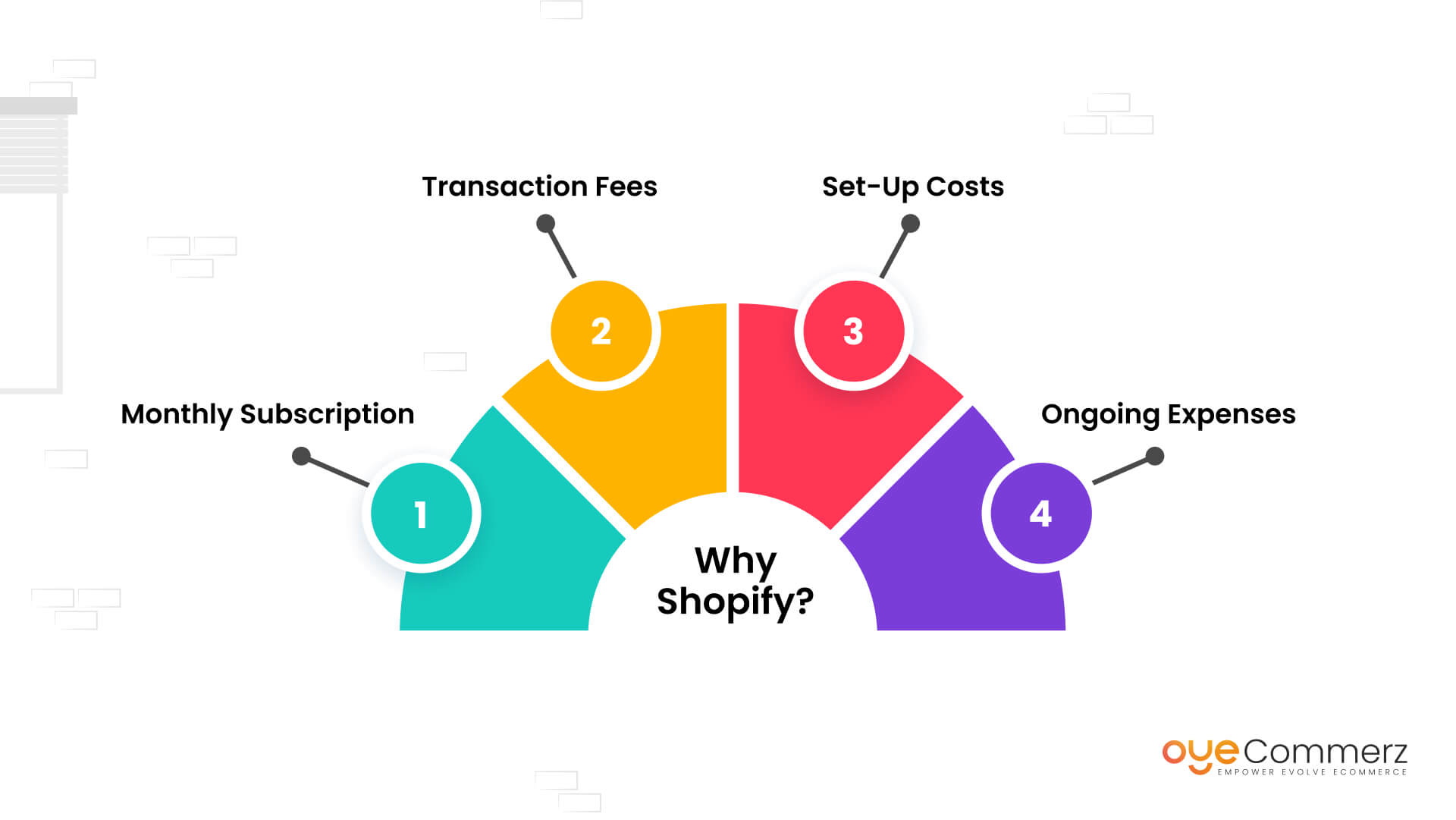Transitioning from WP to Shopify is an exciting step in optimizing your online store processes. As businesses expand, choosing a solution that aligns with growth potential, user experience, and customization is essential. Shopify has emerged as a preferred choice for online merchants, providing unmatched adaptability, security, and user-friendliness. In this guide, we will delve into the transformative impact of this migration, discuss the advantages, and share actionable steps to facilitate a smooth move.
1. Top Reasons to Transition from WordPress to Shopify
The combination of WordPress and WooCommerce, has served countless online stores. However, as companies scale, challenges like plugin dependency, security vulnerabilities, and technical complexities can hinder growth. Shopify, specifically created for digital retail, addresses these concerns with an comprehensive, intuitive platform. Statistics back this transition—Shopify hosts over 4.4 million stores worldwide, with a documented 10% boost to sales conversion rates for many businesses post-switch.
2. Shopify's Perks for Thriving Online Stores
Shopify’s robust ecosystem caters for scaling brands. Its standout features are:
- Seamless Customization: Shopify provides over 80 professionally designed themes.
- Built-in Features: Features like Shopify Payments and built-in SEO save time and effort.
- International Expansion: Multi-currency support and localization features empower brands to expand internationally.
Additionally, Shopify boasts an availability percentage of 99.98%, ensuring your website is always operational.
3. Getting Ready for Your WP-to-Shopify Transition
Prior to starting the migration process, assess your existing setup. Analyze product data, client information, and search engine rankings. Tools like Shopify’s Migration Kit or external tools help ease the transition. Create a detailed strategy, ensuring all assets—item details, images, and articles—are optimized for transfer.
4. Data Migration: A Critical Step
Transferring your data is a cornerstone of a smooth platform switch. When moving from WP to Shopify, prioritize:
- Inventory Details: SKU, descriptions, and groupings.
- Customer Data: Emails, purchase records, and preferences.
- Search Engine Considerations: Preserve meta tags, URLs, and forwarding paths to avoid SEO losses.
Leverage tools such as LitExtension to streamline data transfer while minimizing errors.
5. Customizing Your Shopify Store
Post-migration, personalizing your Shopify store ensures it reflects your brand. Take advantage of Shopify’s drag-and-drop editor to create layouts WordPress to Shopify benefits with ease. Shopify's themes are mobile-responsive, providing a smooth UX across platforms—a critical factor, since 74% of online shopping is generated by mobile visitors.
6. Maintaining SEO During Migration
Search engine optimization is crucial for maintaining your visibility during migration. Shopify excels in SEO with organized link formatting, built-in optimization tools, and smooth content management. Make sure you:
- Set up URL forwarding for existing links.
- Enhance updated content with targeted phrases.
- Use Shopify's apps Plug in SEO to track analytics after the switch.
7. Post-Migration Testing
Once the migration is complete, conduct thorough testing.
Check: - Page load times (Shopify boasts faster speeds in contrast with WordPress).
- Functionality of payment gateways and checkout processes.
- Adaptability across devices.
Testing ensures your store provides a smooth shopping journey from day one.
8. Real-Life Success Story
An example of effective platform switching is Gymshark, a sportswear company that moved to Shopify. Post-migration, the company saw a 60% boost in mobile sales and significantly lowered site downtime. This highlights the potential of Shopify in driving online business success.
9. Overcoming Common Migration Issues
Migration comes with challenges, such as data integrity and reconfiguring custom functionalities. However, Shopify’s extensive assistance and external professionals simplify the process. Partnering with experienced Shopify developers helps guarantee a trouble-free transition.
10. Starting Your Journey with Shopify
Migrating from WP to Shopify marks a forward-thinking approach to online retail. By focusing on growth, simplifying management, and improving buyer satisfaction, Shopify enables companies to thrive in challenging industries.
Final Thoughts
Switching from WP to Shopify offers a smart solution that can significantly boost your e-commerce success. With a well-structured strategy, the right tools, and professional guidance, you can achieve new growth opportunities.
Excited to start the journey? Reach out today to learn how our Shopify migration services can transform Shopify migration case study your e-commerce platform. Get in touch today, or ask yourself: Can your business afford to miss out on Shopify’s growth potential?
